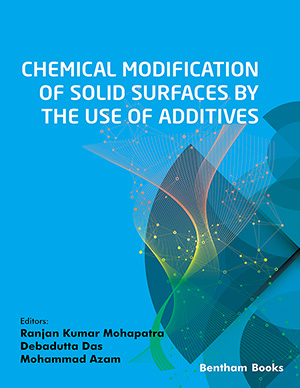
Abstract
Background: Some corrosion damage may occur on the steel tubes of a pipeline that is buried underground to transport petroleum and natural gases. This damage may result from the natural corrosion and/or the electrolytic corrosion that is usually assumed to be caused by the stray current leaking from the railway tracks of the DC (direct current) drive train. A pipeline with mild steel tubes, 350 mm in nominal diameter and 9.5 mm in thickness, was built underground to transport natural gas for a distance of 30 km. The outer surface of the pipeline was coated with a coating of polyethylene resin 2 mm in depth.
Methods: To inspect the performance of the lining, the potentials of the steel tubes were monitored by potentiometers with the copper/saturated copper sulfate reference electrode which were provided in terminal boxes throughout the pipeline. Results: Fluctuation with the large amplitude of approximately 3000 mV was observed which was maintained day and night at every terminal box: most base levels were far lower than -2500 mV vs. the copper reference electrode, the lowest limiting potential to avoid heavy production of hydrogen gas. The highest levels were higher than -850 mV, which indicated the possibility of corrosion. In contrast, the DC currents in the pipeline wall determined by the clamp ammeter did not fluctuate at all, which revealed a limited association between these currents and the potentials displayed in the potentiometers. Consequently, it was interpreted that not the pipeline potential but the equilibrium potential of the copper electrode did fluctuate intensely with a high frequency. It was theoretically explained that the equilibrium potential of reference electrode be possibly changed by the effect of electric field. It was further made clear that the cause of the equilibrium potential fluctuation must come from the fluctuation of the electric field which was formed by a larger electric charge which may be attributed, on reasonable grounds, to the electrostatic precipitators and/or the electrostatic coating facility located near the pipeline. Adequate reasons for suspecting the existence of the stray current were given based on basic theories of the electromagnetics and the electrochemistry: according to the theory of electromagnetism the existence of any current crossing the boundary between a metal and a solution is impossible. This was interpreted to indicate that the current leaking from the railway track, i.e., the stray current cannot exist. Conclusion: On the grounds of theory and the actual situation mentioned above electrolytic corrosion may be caused not by stray current but by electric fields.Keywords: Chemical potential, electrostatic potential, equilibrium potential, macro-cell corrosion, Nernst equation, macrocell current, reference electrode, potentiometer.
Graphical Abstract
 2
2




